Hunza Valley
Hub of Ancient Heritage in Gilgit Baltistan

Climate & Weather
Pleasant summers and cold winters, with temperatures averaging around 18°C.

Speciality
Famous for its breathtaking scenery, historical forts, and long-living inhabitants.

Transport Routes
Accessible by road connections to Gilgit and Skardu, nearest airport in Gilgit.

Historical Places
Home to ancient sites like Baltit Fort and Altit Fort, reflecting the valley’s rich history.

Tourist Points
Top spots include Karimabad, Attabad Lake, and Passu Cones.

Hotel/Restaurant
Over 30 hotels and restaurants offering diverse options for tourists.

Facts & Figures'
A vital valley known for its apricot orchards and as a base for exploring the Karakoram Range.

Geographical Location
Situated in northern Pakistan, Hunza Valley covers an area of about 7,900 km² at an altitude of 2,500m.
Hunza valley-places to visit
Hunza Valley, nestled in the northernmost region of Pakistan, is a land of awe-inspiring beauty, rich traditions, and captivating history. Renowned for its breathtaking scenery and warm hospitality, Hunza is often considered the crown jewel of Gilgit-Baltistan. Surrounded by some of the highest peaks in the world, including Rakaposhi and Ultar Sar, the valley offers a unique blend of adventure, culture, and natural wonders, making it a must-visit destination for travelers seeking an unforgettable experience in northern Pakistan.
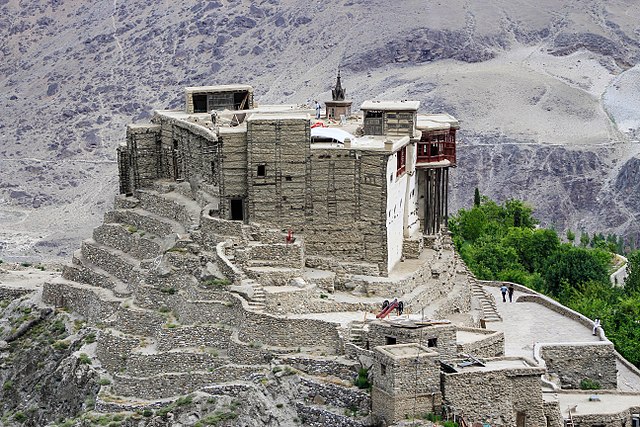
Baltit Fort
Baltit Fort is a 700-year-old structure that reflects the valley's rich cultural heritage. Once the residence of the Mirs of Hunza, this ancient fort offers stunning views of the surrounding valleys and mountains. Its unique architecture, influenced by Tibetan and Balti styles, provides visitors with a fascinating insight into the history and traditions of Hunza. It is perched on a hill in Karimabad.
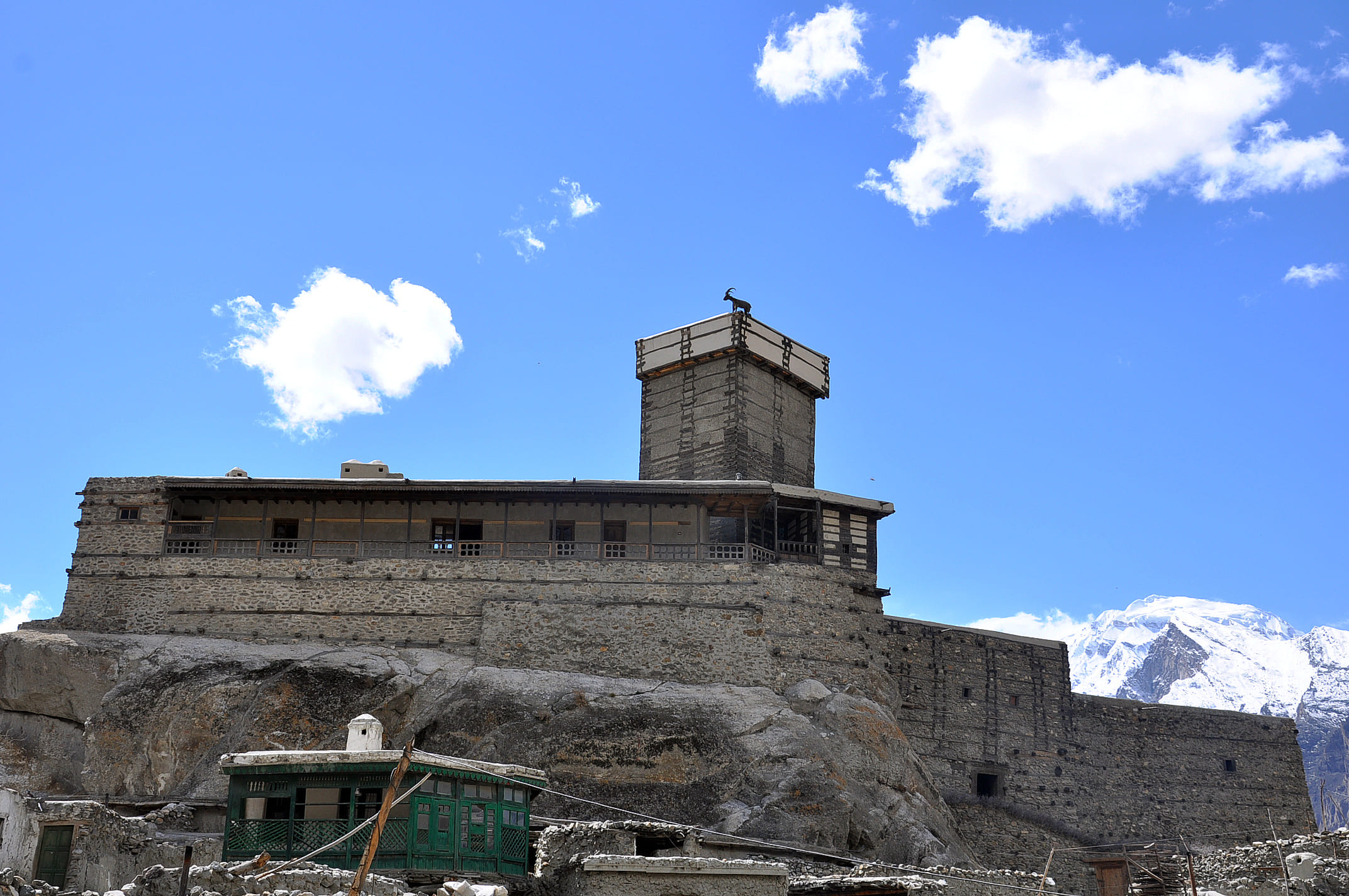
Altit Fort
Located in the village of Altit, this fort is even older than Baltit Fort and is considered one of the oldest monuments in Gilgit-Baltistan. Altit Fort was once the seat of power for the ruling family of Hunza. Today, it has been meticulously restored and converted into a cultural center and museum, where visitors can learn about the valley's rich history and enjoy panoramic views of the Hunza River.
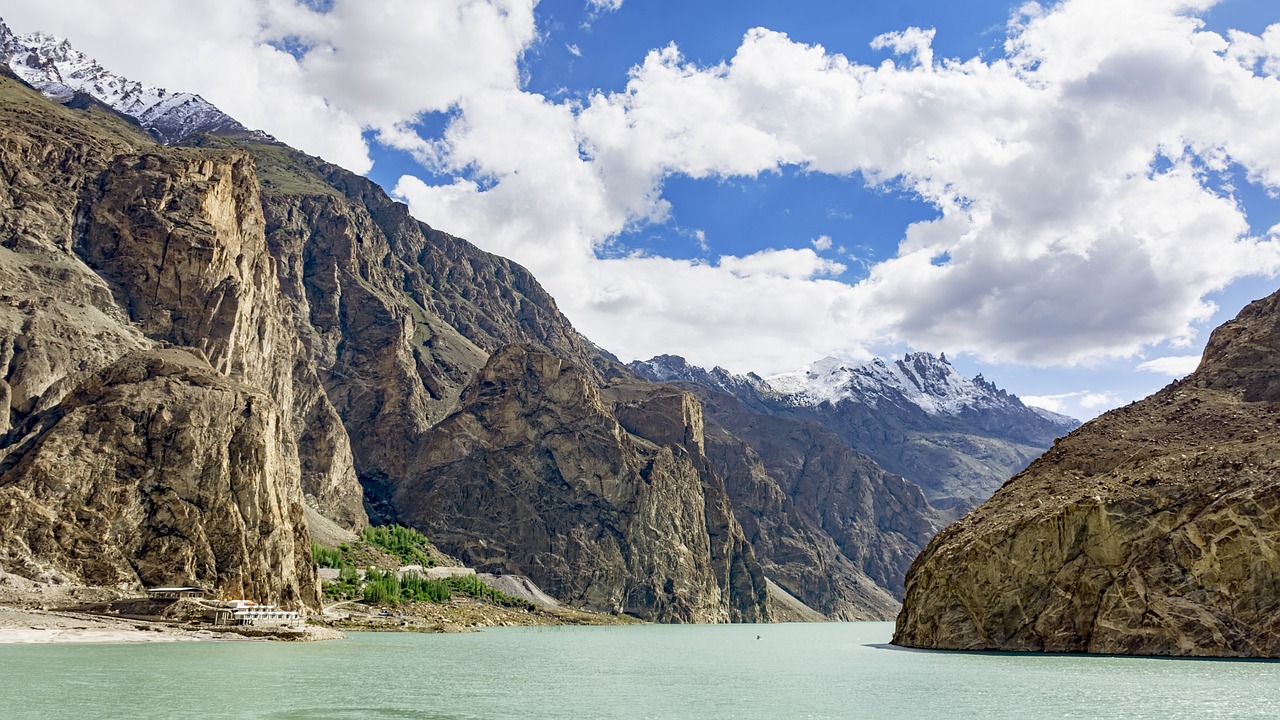
Attabad Lake
Attabad Lake, one of the most visited places in Hunza Valley, is a stunning turquoise gem nestled among the rugged mountains. Formed in 2010 due to a massive landslide, this lake has since become a symbol of nature's raw beauty and resilience. Visitors are captivated by its crystal-clear waters, which reflect the surrounding peaks, creating a breathtaking panorama. The lake offers a range of activities, including boating, fishing, and jet skiing, making it a must-see destination for anyone exploring the natural wonders of Hunza Valley.
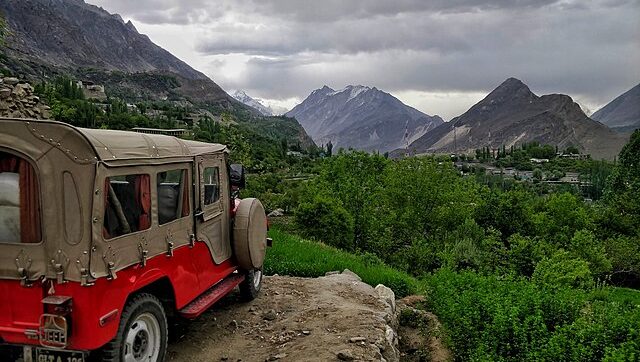
Karimabad
The town of Karimabad, the main hub of Hunza Valley, is a favorite among tourists for its blend of natural beauty, cultural heritage, and modern amenities. Surrounded by terraced fields, fruit orchards, and towering peaks, Karimabad offers a range of activities, from trekking and hiking to exploring local bazaars filled with handicrafts, gemstones, and traditional Hunza products.
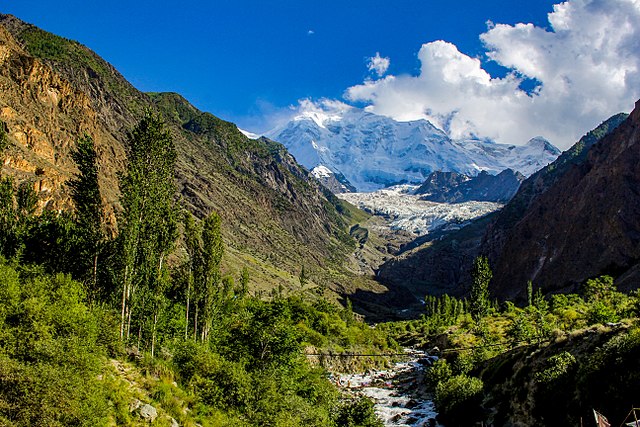
Rakaposhi Viewpoint
Although not within Hunza itself, the Rakaposhi Viewpoint is a short drive away and offers spectacular views of the Rakaposhi peak, one of the most prominent mountains in the Karakoram Range. The viewpoint is a popular stop for travelers heading towards Hunza, providing a perfect opportunity to marvel at the snow-capped peak and enjoy the serene surroundings.
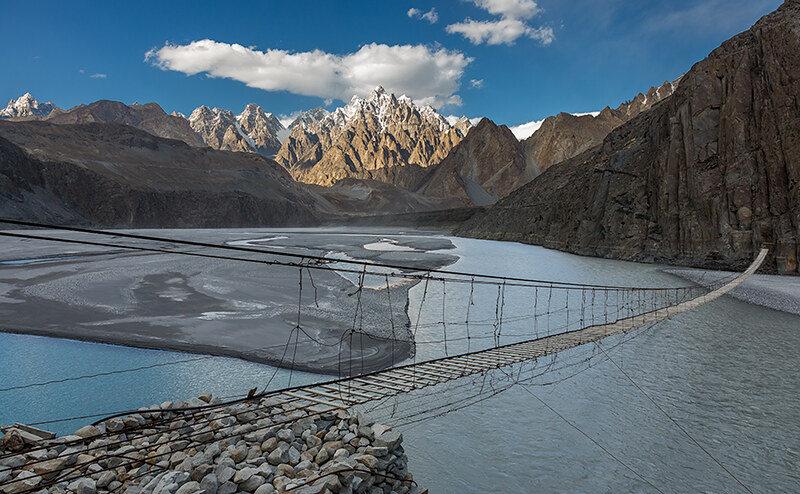
Hussaini Bridge
One of the most thrilling and adventurous spots in Hunza is the Hussaini Suspension Bridge, known as one of the most dangerous bridges in the world. Spanning the Hunza River, this rickety bridge is made of wooden planks and steel cables, swaying with every step. While crossing the bridge is not for the faint-hearted, it offers an exhilarating experience and stunning views of the river and surrounding mountains.
Traveller's 5 Min In-depth Discussion On Hunza Valley
Accommodation Options
Hunza Valley offers a variety of accommodation options to cater to different preferences and budgets:
Hotels: Hunza has several hotels that range from luxury to budget-friendly. Some popular options include Serena Hunza, Hunza Darbar Hotel, and Eagles Nest Hotel, which offer stunning views of the surrounding mountains.
Guesthouses: For a more immersive experience, consider staying in a local guesthouse. These accommodations provide basic amenities with the warmth of Hunza’s famous hospitality.
Camping: Nature lovers can opt for camping in the valley. There are designated camping sites in places like Karimabad and near Attabad Lake, allowing travelers to experience the natural beauty up close.
Local Cuisine & Dining
Hunza Valley is famous for its healthy and organic food, which reflects the local culture and traditions:
Traditional Dishes: Try local delicacies like Chapshuro (Hunza-style stuffed bread), Tumoro (a type of herbal soup), and Dawdo (a traditional noodle soup). Apricot-based dishes are also a must-try.
Dining Options: From local eateries in Karimabad to more upscale restaurants, you can enjoy a range of dining experiences in Hunza. Many places offer stunning views along with your meal, making dining a memorable part of your trip.
Shopping & Souvenirs
Hunza is known for its unique handicrafts and local products, making it a great place to shop for souvenirs:
Handicrafts: Look for handmade woolen shawls, traditional Hunza caps, and embroidered items that reflect the local culture.
Local Products: Hunza is famous for its organic dried fruits, particularly apricots and almonds. Don’t forget to take some home along with locally made apricot oil and honey.
Travel Tips & Safety
Traveling to Hunza is generally safe, but here are a few tips to ensure a smooth trip:
Altitude: Hunza Valley is located at a high altitude, so it’s important to acclimatize slowly to avoid altitude sickness. Drink plenty of water and avoid strenuous activities on your first day.
Weather: The weather in Hunza can be unpredictable, especially during the winter. Pack accordingly and be prepared for sudden changes in temperature.
Transportation: While Hunza is accessible by road, landslides can sometimes cause delays. Always check the road conditions before you travel.
Photography Spots
Hunza Valley is a photographer’s paradise, with numerous spots offering breathtaking views:
Baltit Fort: This historic site provides stunning views of Karimabad and the surrounding mountains.
Passu Cones: Capture the iconic Passu Cones, with their jagged peaks and the Hunza River flowing beneath.
Attabad Lake: The turquoise waters of Attabad Lake offer a dramatic contrast against the rugged mountains, making it a must-visit for photographers.
Eagle’s Nest: For panoramic views of the valley, head to Eagle’s Nest at sunrise or sunset for some truly spectacular shots.
How to Get To Hunza Valley?
By Road Travel
To reach Hunza Valley by road, travelers often start from Gilgit, about 100 km away. The scenic drive along the Karakoram Highway (KKH) takes 2-3 hours. From Islamabad, the journey can take up to 24 hours. Buses and jeeps depart from Aliabad on the KKH, with booking agents available in town.
By Flight Travel
By air, you can fly from Islamabad to Gilgit in about an hour. Though quicker, flights depend on weather conditions and may be delayed. After landing in Gilgit, a 2-3 hour drive along the KKH will take you to Hunza.
A Traveller Guide to Gilgit Valley:
Activities in Hunza Valley
Trekking:
Hunza Valley is a paradise for trekking enthusiasts, offering a range of trails that cater to all levels of experience. Some of the most popular treks include the trek to Rakaposhi Base Camp, which provides stunning views of the Rakaposhi Peak, and the Ultar Sar trek, which takes you close to the majestic Ultar Glacier. For those looking for an easier hike, the trek to the Fairy Meadows, although slightly outside Hunza, offers breathtaking views of Nanga Parbat, one of the world’s highest peaks. The terrain in Hunza is diverse, with lush green meadows, rocky paths, and crystal-clear streams, making every trek a memorable experience.
Cultural Tours:
Hunza Valley has a rich culture and history, making it an ideal destination for cultural tours. Visitors can explore ancient forts like Baltit Fort and Altit Fort, both of which offer insights into the region’s history and architecture. The people of Hunza are known for their hospitality, and cultural tours often include visits to local villages where tourists can interact with the residents, learn about their way of life, and participate in traditional activities. Festivals such as the Ginani Festival, which celebrates the wheat harvest, and the Silk Route Festival, which highlights the region’s historical trade routes, offer a deep dive into the local culture.
Exploring Natural Wonders:
Hunza Valley is home to some of the most spectacular natural wonders in Pakistan. Attabad Lake, with its striking turquoise waters, was formed after a massive landslide in 2010 and has since become a popular spot for boating, fishing, and photography. Passu Glacier, located near the village of Passu, is another must-see, offering a breathtaking view of the icy expanse surrounded by towering peaks known as the Passu Cones. Additionally, the valley is dotted with numerous other lakes, glaciers, and mountain passes, each offering unique experiences for nature lovers.
Climate & Weather of Hunza Valley
Hunza Valley experiences a diverse climate, with mild summers and cold winters. During the summer months, from June to August, temperatures in the valley average around 18°C, making it an ideal time for outdoor activities like trekking and sightseeing. The weather is generally pleasant, with long daylight hours and clear skies. However, temperatures can drop significantly at higher altitudes, so it’s advisable to pack warm clothing even in summer.
In contrast, the winter months, from December to February, are cold, with temperatures often dropping below freezing, especially at night. Snowfall is common in the valley, particularly in the higher regions, which adds a magical touch to the landscape but can also make travel difficult. The shoulder seasons, spring (March to May) and autumn (September to November) are also great times to visit, with spring offering blooming flowers and autumn showcasing the valley’s famous golden foliage.
Geographical location of Hunza Valley
Hunza Valley is located in the northern part of Pakistan, within the Gilgit-Baltistan region. It lies at an altitude of approximately 2,500 meters (8,200 feet) above sea level, nestled in the Karakoram Range. The valley is strategically positioned along the ancient Silk Road, which historically served as a major trade route connecting the Indian subcontinent with China and Central Asia.
The valley is divided into three regions: Lower Hunza, Central Hunza, and Upper Hunza (Gojal), each with its unique attractions and landscapes. The Karakoram Highway, also known as the Eighth Wonder of the World, runs through Hunza, providing easy access to neighboring regions like Gilgit and Skardu. The valley’s geography is characterized by rugged mountains, deep gorges, and lush green terraced fields, all contributing to its stunning natural beauty.
Historical & Cultural Significance of Hunza Valley
Hunza Valley has a rich history and cultural heritage that dates back thousands of years. The valley has been a significant crossroads for traders, travelers, and invaders, which has shaped its diverse cultural landscape. Baltit Fort and Altit Fort are two of the most iconic historical sites in the valley, both of which were once the residences of the ruling Mirs (princes) of Hunza. These forts have been meticulously restored and now serve as museums that showcase the region’s history, architecture, and way of life.
The people of Hunza, predominantly of the Burusho ethnic group, have a unique culture that blends influences from Central Asia, Tibet, and South Asia. The local language, Burushaski, is a language isolate with no known relation to any other language family. The valley is also known for its vibrant festivals, traditional music, and dance, which are an integral part of the local culture. Visitors to Hunza can immerse themselves in this rich cultural tapestry by participating in local festivals, visiting historical sites, and interacting with the friendly and hospitable locals.
Itineraries & Travel Guides for Hunza Valley
When planning a trip to Hunza Valley, it’s recommended to allocate at least 3-5 days to fully explore the region. Here’s a suggested itinerary to help you make the most of your visit:
Day 1:
Arrive in Hunza and settle into your accommodation in Karimabad. Spend the afternoon exploring the historic Baltit Fort and taking a stroll through the picturesque village of Karimabad. Enjoy dinner at a local restaurant with a view of Rakaposhi.
Day 2:
Visit Altit Fort and the surrounding village in the morning. Afterward, drive to Attabad Lake for a boat ride on the stunning turquoise waters. In the afternoon, head to Passu to explore the Passu Glacier and the famous Passu Cones. Overnight in Passu or return to Karimabad.
Day 3:
Take a day trip to Khunjerab Pass, the highest paved international border crossing in the world. On your way back, stop at the Hussaini Suspension Bridge, one of the most dangerous bridges in the world, for an adrenaline-filled experience.
Day 4:
Spend the day hiking to Rakaposhi Base Camp or exploring the nearby Hopper Glacier. Alternatively, you can visit the serene Nagar Valley across the Hunza River. Return to Karimabad for a relaxing evening.
Day 5:
Before leaving, visit the local markets in Karimabad to shop for handicrafts, dried fruits, and other souvenirs. If time permits, explore the nearby villages of Gulmit and Ganish for more cultural experiences.
This itinerary can be customized based on your interests and the time available. Whether you’re seeking adventure, culture, or relaxation, Hunza Valley offers something for every traveler.
FAQs
People visit Hunza for its stunning natural beauty, vibrant culture, and adventure opportunities.
Hunza Valley is a mountainous region known for its breathtaking landscapes, including high peaks, lush valleys, and crystal-clear rivers.
Hunza Valley attracts tourists with its majestic mountains, historic forts, serene lakes, and trekking trails.
Karimabad is the most famous village in Hunza.
Chapshuro (meat pie) and Hunza bread are famous foods of the valley.
Hunza people are famous for their hospitality, longevity, and unique culture.
The most famous festival in Hunza is the Baba Ghundi festival, celebrating the region's culture and traditions.
